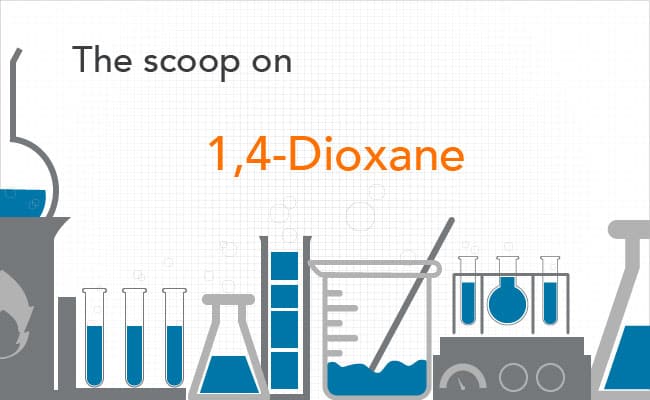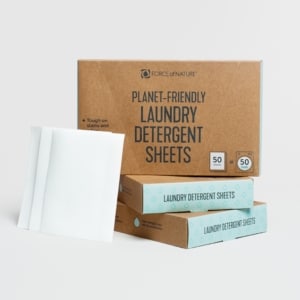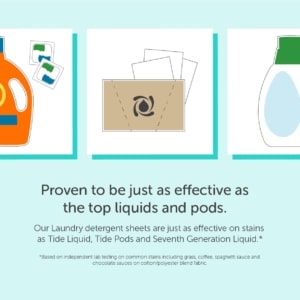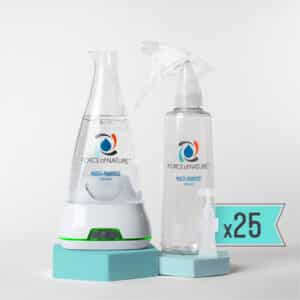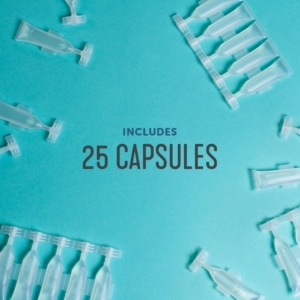What is 1,4-dioxane?
In cosmetics, detergents, baby washes, shampoos, pharmaceuticals, and other personal care products 1,4-dioxane is a trace contaminant. It is not necessarily added to these personal care products, but rather occurs as a byproduct in some ingredients [2]. In products like liquid soaps and bubble baths, 1,4-dioxane is an ingredient that helps create suds [3].
What products is 1,4-dioxane in?
1,4-dioxane is in many different products like cosmetics, shampoos, baby soaps, deodorants, cosmetics, personal care products and shampoos [1]. It is also in dyes, greases, varnishes, paint strippers, waxes, food additives and pesticides.
How to tell if a product has 1,4-dioxane
The chemical 1,4-dioxane tends to be present when a particular product has been through “ethoxylation”. Look for ingredients ending with -eth, -oxynol, -xynol and those containing the words laureate, myrrh, ceteareth or oleth. Other compounds include: PEG, polyethylene, polyethylene glycol, polyoxyethylene, or oxynol [1].
Risks associated with 1,4-dioxane
According to the U.S. Consumer Product Safety Commission, even small amounts of this chemical can cause health problems [1]. Exposure to 1,4-dioxane can cause a cumulative effect in the body that can cause the following problems:
- Nose and eye irritation
- Liver problems
- Kidney damage [2] [1]
- Cancer [1] [3] [2] [4]
- Reproductive issues [1]
- Birth defects [3]
- Death [2]
The National Institutes of Health warned that 1,4-dioxane is “reasonably expected to be a human carcinogen”, because it has been repeatedly shown to cause cancer in animal studies. It is also considered by the State of California to be potentially toxic to the brain and central nervous system, kidneys, liver and respiratory system.
How to Avoid 1,4-dioxane
Avoid 1,4-dioxane by reading the labels on your personal care products. Read labels to avoid chemicals that may signal the presence of 1,4-dioxane, like sodium laureth sulfate, sodium lauryl sulfate, PEG, “ceteareth”, and “oleth”. Instead of purchasing products that have gone through ethoxylation, choose toxic chemical free products that contain naturally occurring ingredients [1].
References:
[1] Healthy Child Healthy World (2013). Avoid personal care products containing 1,4-dioxane. Available online: http://www.healthychild.org/easy-steps/avoid-personal-care-products-containing-14-dioxane/ December 7, 2016.
[2] Agency for Toxic Substances and Disease Registry (2007). TOXFaqs for 1,4-Dioxane. Available online: https://www.atsdr.cdc.gov/toxfaqs/tf.asp?id=954&tid=199 December 7, 2016.
[3] Women’s Voices for the Earth (2016).15 Toxic Trespassers. Available online: http://www.womensvoices.org/avoid-toxic-chemicals/15-toxic-trespassers/ December 7, 2016.
[4] Women’s Voices for the Earth (2016). No More Toxic Tub. Available online: http://www.womensvoices.org/no-more-toxic-tub/ December 7, 2016.
